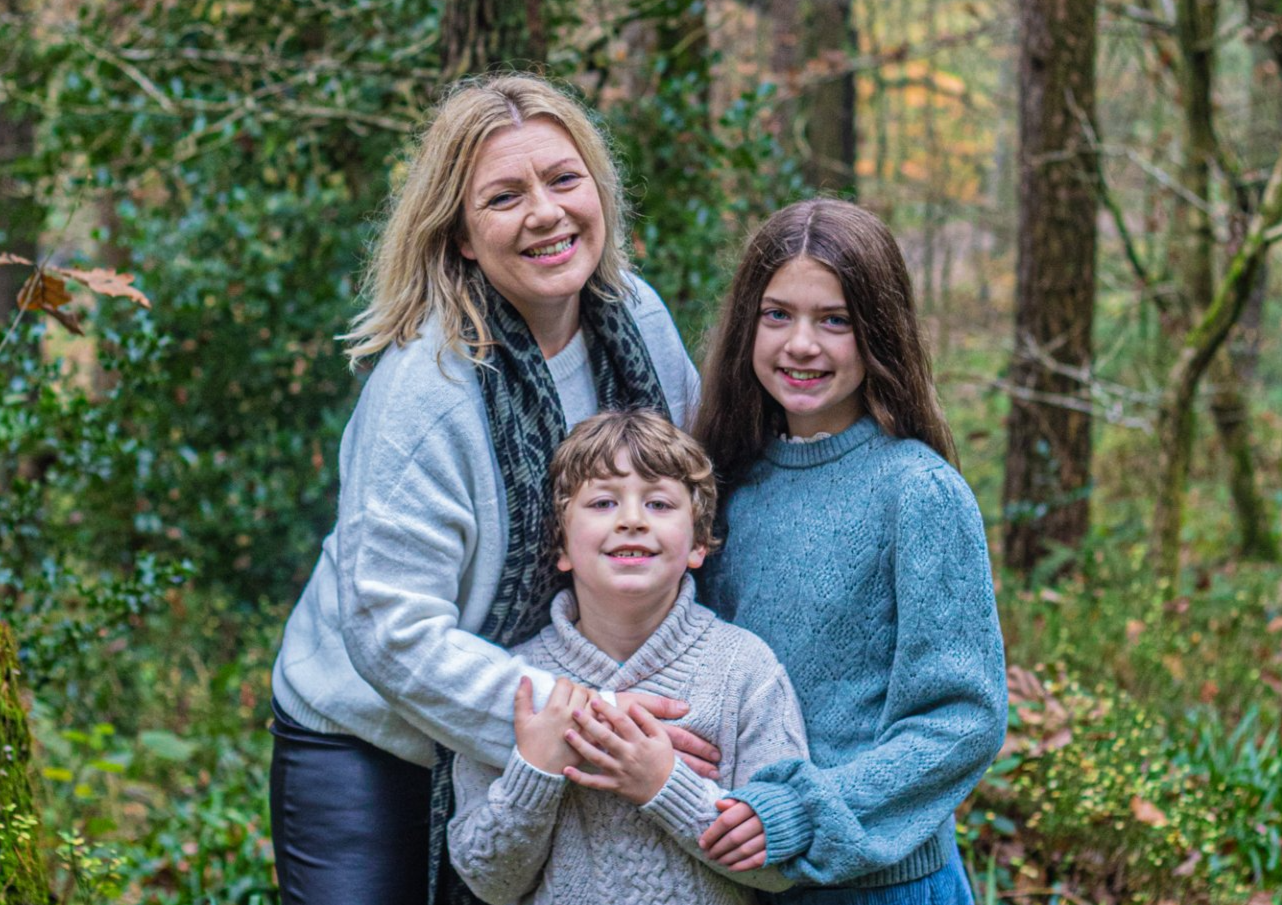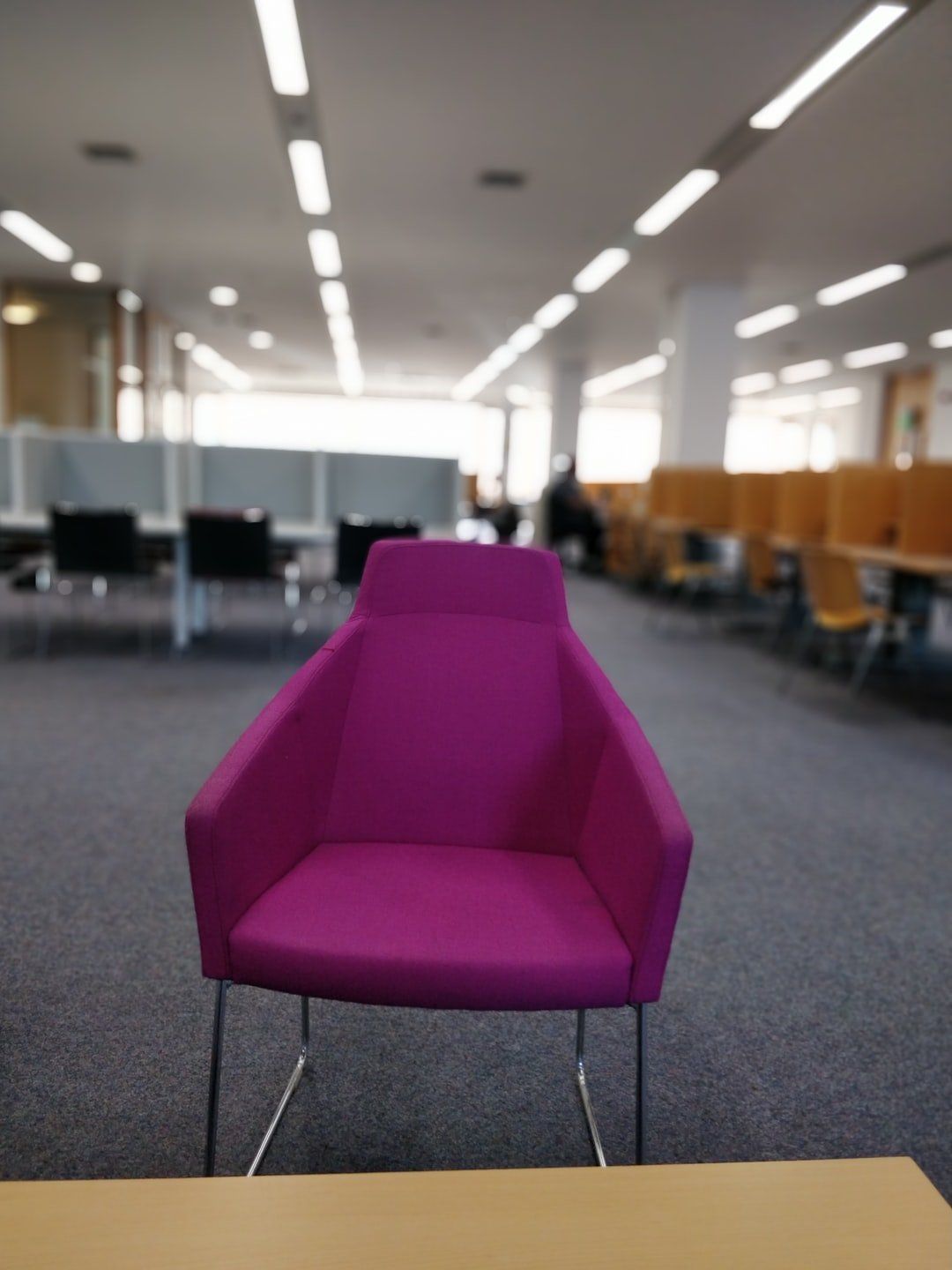How Language Changes Lives
My Mission is to Show you that Language is a Clear Factor affecting the Results in Your Life

QUICK TIP - Do you want to feel better?
Firstly, that little ‘er’ ending right there is a giveaway. It implies in your map of the world there are feeling levels. A scale of feelings of varied desirability. Happier, freer, healthier, fitter – say any of these and you automatically tell me that you see yourself on the scale and in an undesirable spot. You reveal that you believe you could and should LEVEL UP in that area! With one word I get both your perception of the scale and where you are on it. The comparative ER words tells me that you are comparing two things. However, what is highly unlikely is that you have defined it in a measurable way and are now actively planning and assessing progress with measurable factors. Working with an individual to help them make progress on any scale involves me asking a lot of questions to dig deep into exactly what it is that is wanted and exactly how we know we are reliably accurate about the gap between the desired result and the current standing. Once that is clear we can map out the actions on the roadmap. Often people feel a sense of overwhelm because they don’t know their map. If you are feeling overwhelmed, like you are no longer in full control. Like you are driving around lost, blind and running out of fuel. Get in touch - Literally one session can start to make the abstract feelings a more trackable factor in your life.
This blog, as always, is about how language influences the future. BUT this week it's asking a bigger question of how language in the home can change the lives of children worldwide and like the old BT advert... considers why IT'S GOOD TO TALK.
Most of us would agree the world would be BETTER if poverty were reduced and equality increased. Here is my Language centric approach to how to do just that …
REDUCE POVERTY & INCREASE EQUALITY THROUGH MORE CONSCIOUS CONVERSATION
The moment I read Basil Bernstein’s study for the first time all I could think was, why didn’t I already know about this?
Nature or nurture, which plays the biggest role in determining your future? Whilst a complex, multifactor question, what we do know is that the most reliable predictor of wealth and academic achievement, above all other factors is your postcode. So, is socioeconomic status related to the actual location? Of course not, any location has a history which lives into the present and creates a trajectory for the future. Just as conversation does and as genetics from past ancestors long gone still play into our current life.
Where the statistics may point out this determining factor and then leave us feeling hopeless. Bernstein’s study offers a whole different way of seeing things and personally I’d suggest it provides hope for positive achievable action that could produce results within a generation and organically thereafter.
First – An important note! Linguists see language as a mirror that reflects society exactly as it is rather than how anyone thinks it should be. Think of everyday conversation as language in its natural habitat ‘in the wild’, not rehearsed or edited like a script or novel. Linguists see language as data – not judgement. The findings Basil Bernstein found were observations and in no way did he think that one group was better than the other. Bernstein was wholly motivated by finding out what the difference was that made the difference.
Basil Bernstein. The Study and Its Findings
Researchers such as Bernstein were committed to understanding why pupils from working class backgrounds attained lower academic results than pupils from middle-class backgrounds. Bernstein’s study resulted in his creation of the theory of language code (Bernstein 1971) where Bernstein shared his findings on the variances in the language use in the different social groups. His work demonstrated that there were two different groupings in terms of the way that students and teachers spoke. He named the two groups: restricted code and elaborated code. As with computer coding, the computer can only operate in a particular way according to its programming. Language used by working class pupils was coded differently to the language of the middle-class teacher and therefore the access to the information delivered was restricted by years of restricted coding from social interaction in their specific group.
Language is inherited; when you learn language, you are being programmed (like a computer) by your language coder to the coding of that specific social group you were programmed by.
Hart and Risley, (1995), continued to ask the question on the connection between language and academic success. They wrote that children started school with "meaningful differences." Differences that did not appear to be meaningful were: race, ethnicity, birth order, or gender. What made a big difference among students was economics. In their book, Meaningful Differences in the Everyday Experiences of Young American Children (1995), Hart and Risley state, "by age 3 the children in professional families would have heard more than 30 million words, the children in working class families 20 million, and the children in welfare families 10 million" (p. 132).
1. The number of words spoken was different, but topics and the style of speech were similar.
2. Parents who spoke to their children more began to ask questions, vary their vocabulary, and in general offered the kids a richer language experience.
Further Information to support what has already been established in the above studies... LANGUAGE REALLY MATTERS. It is the key difference in the different social groups and it is determined not by the amount of money a household has but by the amount of vocabulary and diverse conversation that household has.
In 1985, Beck and McKeown suggested that every literate person has a vocabulary consisting of three levels (Beck, McKeown, & Kucan, 2002). Tier 1 words consist of basic words. Examples of Tier 1 words are book, girl, sad, clock, baby, dog, and orange. There are about 8,000 word families in English included in Tier 1. Tier 2 contains high-frequency words that occur across a variety of domains playing a large role in the vocabulary of adult language users and result in a large impact of everyday language use. Because of their infrequent use in everyday conversation, Tier 2 words may well be the words that are the key difference between the two codes Bernstein indicated were present in the classroom and not only do these act as a barrier in communication with the teacher but present real challenges to students who primarily meet them in written form e.g. reading materials. Words such as coincidence, masterpiece, absurd, industrious, and benevolent. Because Tier 2 words play an important role in direct instruction, there are certain characteristics that these words have:
• Multiple meanings.
• Versatility in use in various subject areas.
• Needed for reading comprehension.
• Characteristic of a mature language user
• Descriptive words that add detail
Tier 3 consists of words whose practical use and frequency is low. These words are domain-specific and are used for brief periods of time when we are studying particular content. Tier 3 words are central to building knowledge and conceptual understanding within the various academic domains and should be integral to instruction of content. Medical, legal, biology and mathematics terms are all examples of these words. Although useful while covering specific topics, these are too specific to be included in the most useful tier for vocabulary building, Tier 2.
So, where Bernstein looked at a group in society that were restricted in their academic achievement, whilst others were looking at their social environment – trying to identify the key components that were at play, Bernstein looked at the differences in language use between groups. In doing this he observed the reflections of society in the language, language is a microcosm of that social universe. As he did this, he observed the restrictions in the working-class group in terms of the language that they were able to fully access compared to the language the teachers were naturally utilising in accordance with their coding. Many other studies have since been performed comparing language use in different social groups, and as Hart and Risley’s study showed … the key difference is the number of words understood by the individual. In the final work we noted on tiers, we see that some word groups are key for the user to move between social groups and some more specific and would only be required in specific groups such as medical professionals.
Although studies have shown that according to factors in the formation years the individual may increase vocabulary and learning at a slower rate than peers. What we do know is that expansion at any stage is possible and will increase opportunity for social flexibility and increased academic achievement. Ways to assist your child’s increased vocabulary and increased opportunity for academic success: conversations in their early environment – talk with them as much as possible. Read everything and read aloud to them. Read stories and newspapers as both contain vocabulary not used in daily conversation. Play games where you learn one new word each day.
A study in 2005 showed that whilst students coming from a literacy-rich home were clearly in a better position the neuroplasticity of the brain shows us that all students can learn, enhance their vocabulary, and change their brains (Sprenger, 2005)! So the studies show that postcodes do not get the overall say in future prospects, language does. Let's get talking about how we can talk more to our children.









